1 Comment
Today was all about graphing. We graphed Distance vs. Time and Speed vs Time for all of our Speedy Lab trials. Tomorrow we will finish this lab with a conclusion that ties together our tests, data, and graphs.
|
AuthorMr. Powell is a High School Science Teacher in Western Colorado. Archives
May 2024
Categories
All
|
||||||||||||||||||||||||||||||||||||||||||||||||||||||
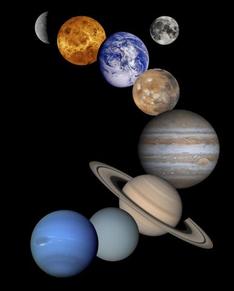


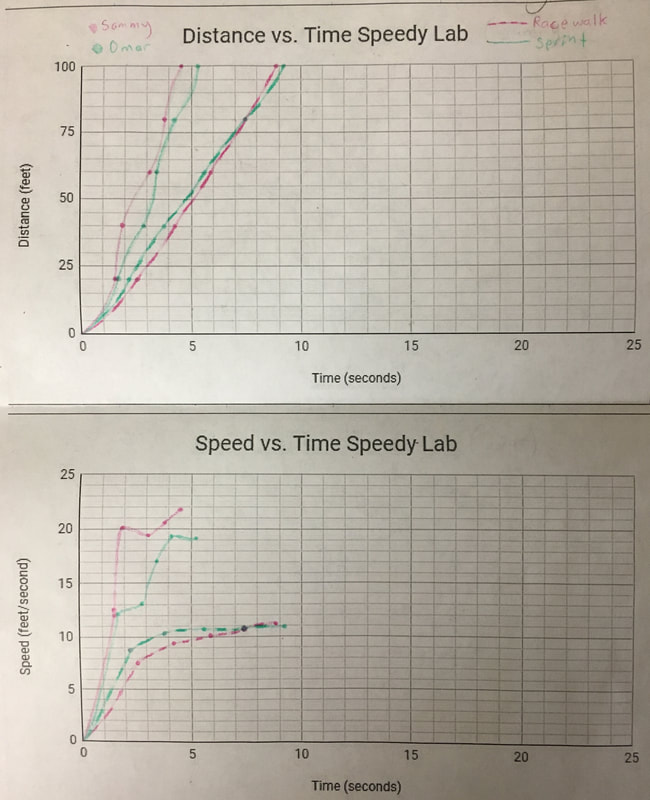
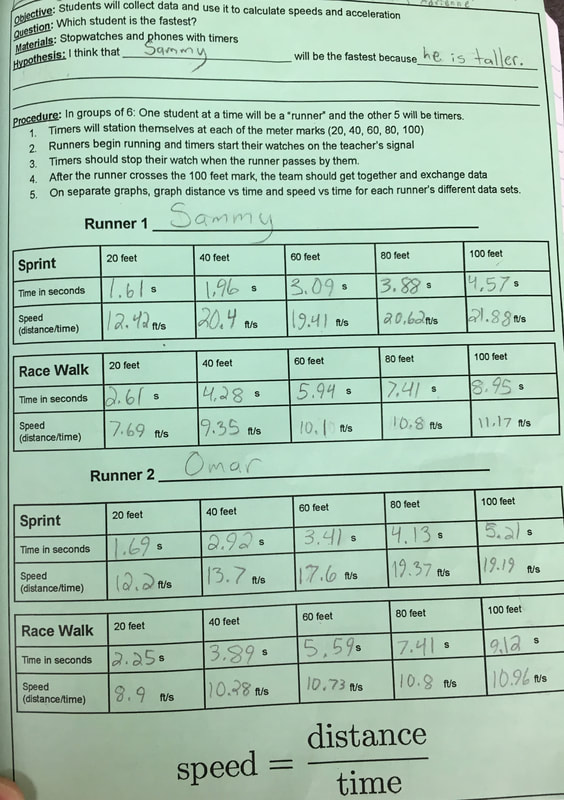
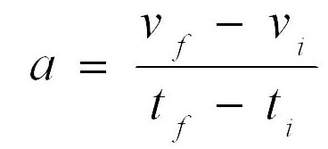
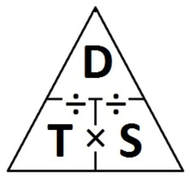

 RSS Feed
RSS Feed